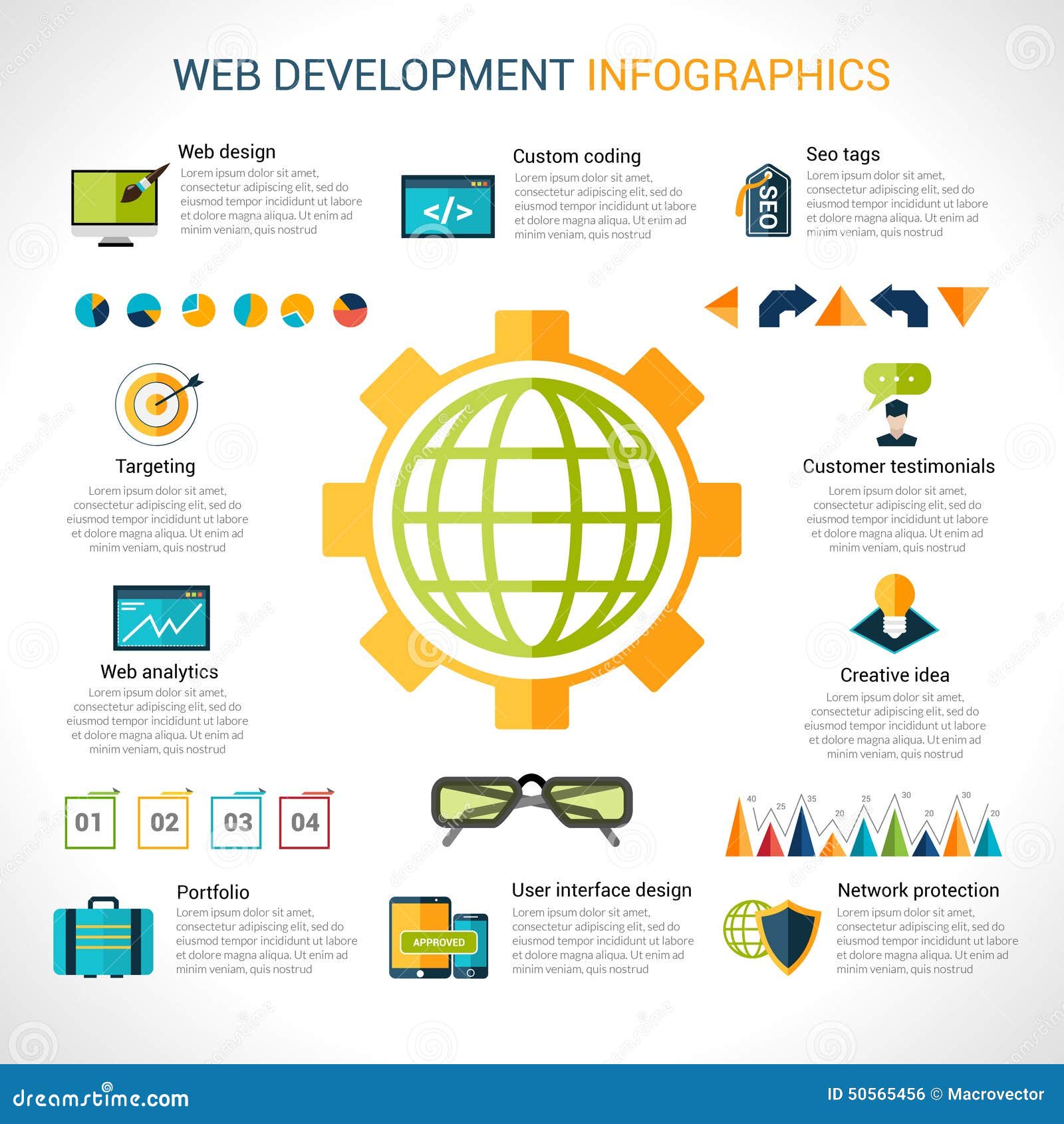Interested In Finding Out Just How Web Site Design Has Changed For Many Years? Discover The Trip
Interested In Finding Out Just How Web Site Design Has Changed For Many Years? Discover The Trip
Blog Article
Written By-Kinney Peters
In the past, websites were easy and focused on info. Navigation was straight, and layout was for desktop computers. Now, user experience is essential. Data overviews styles for simple navigation. Receptive formats match various devices. Today, dark mode reduces strain, and minimal food selections boost navigating. Interactive features involve customers, and bold visuals stick out. AI assimilation improves interaction. See just how style has developed to improve your on the internet journey.
Very Early Days of Website Design
In the very early days of web design, simpleness reigned supreme. visit our website were standard, with minimal shades, font styles, and designs. The focus got on giving details rather than showy visuals. Customers accessed the internet with slow-moving dial-up links, so rate and capability were vital.
Navigation menus were straightforward, normally situated on top or side of the web page. Web sites were designed for desktop computers, as mobile browsing wasn't yet widespread. Content was king, and developers focused on very easy readability over complex style components.
HTML was the key coding language utilized, and designers needed to work within its restrictions. Computer animations and interactive functions were minimal compared to today's requirements. https://www.searchenginejournal.com/restaurant-seo-tips/208644/ were fixed, with little dynamic material or personalized individual experiences.
Surge of User-Focused Layout
With the development of internet site style, a change towards user-focused layout principles has actually come to be increasingly prominent. Today, developing sites that prioritize user experience is critical for involving site visitors and achieving service objectives. User-focused style includes comprehending the requirements, choices, and habits of your target audience to customize the web site's design, web content, and features accordingly.
Developers now carry out thorough study, such as individual studies and usability screening, to collect understandings and feedback directly from customers. This data-driven technique helps in creating intuitive navigation, clear calls-to-action, and aesthetically enticing interfaces that resonate with visitors. By placing the customer at the facility of the layout procedure, sites can deliver an extra personalized and satisfying experience.
Receptive design has actually likewise emerged as a key facet of user-focused style, making sure that sites are maximized for numerous tools and screen sizes. This versatility improves availability and use, accommodating the varied means individuals communicate with sites today. In essence, the rise of user-focused style represents a shift in the direction of producing electronic experiences that prioritize the requirements and expectations of completion individual.
Modern Trends in Website Design
Discover the latest fads forming website design today. One noticeable fad is dark setting style, using a smooth and modern-day look while decreasing eye strain in low-light settings. Another key pattern is minimalist navigating, simplifying food selections and improving customer experience by focusing on essential elements. Incorporating micro-interactions, such as computer animated buttons or scrolling impacts, can develop an extra interesting and interactive website. Receptive design continues to be vital, making sure smooth individual experiences throughout different devices. Additionally, utilizing bold typography and unbalanced designs can add visual interest and draw attention to details content.
Integrating AI modern technology, like chatbots for customer support or tailored suggestions, boosts user involvement and enhances procedures. Access has likewise become a substantial trend, with designers focusing on comprehensive layout methods to cater to diverse individual requirements. Welcoming sustainability by maximizing site efficiency for speed and efficiency is one more emerging trend in website design. Teaming up with user responses and data analytics to iterate and enhance style constantly is crucial for staying pertinent in the ever-evolving digital landscape. By accepting these contemporary trends, you can create a visually enticing, straightforward site that resonates with your audience.
Verdict
As you reflect on the advancement of website style from the early days to now, you can see just how user-focused style has become the driving force behind modern-day trends.
Welcome the trip of change and adaptation in web design, always maintaining the individual experience at the center.
Tippingpointdigital
Remain present with the most up to date fads and innovations, and never stop evolving your strategy to develop aesthetically magnificent and user-friendly websites.
Advance, adapt, and create - the future of web design is in your hands.
